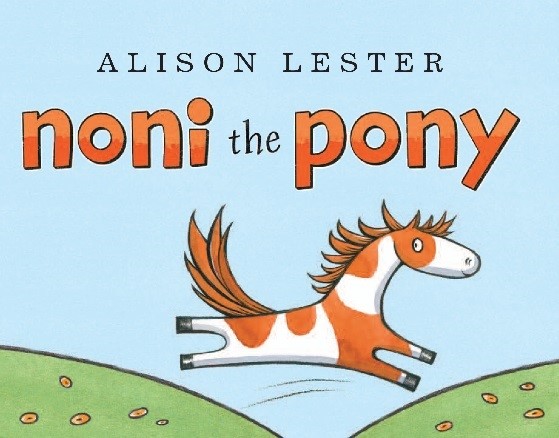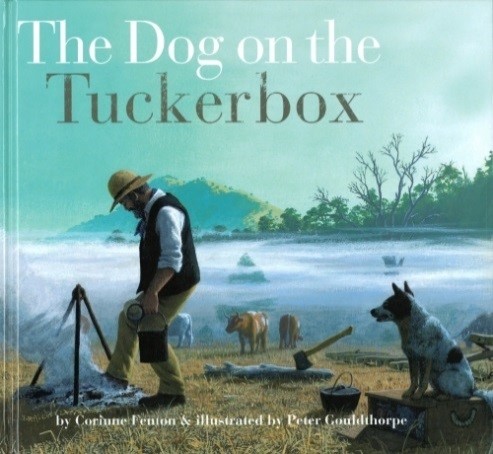Talking about texts uses dialogic teaching as a pedagogical tool, which captures the social nature of learning and promotes engagement.
Researchers Littleton and Mercer (2007), have highlighted that simply asking students to be involved in talk interactions does not produce quality talk that enhances learning. Students need to be taught the protocols, expectations and skills involved in dialogic situations.
Initially, these interactions will be modelled by the teacher, and then prompted by the teacher. Eventually, as students become confident with the protocols, they will enact them with minimal teacher assistance.
The protocols and expectations of group discussions around text will be determined by the age and developmental stage of the student. Below is a set of protocols listed for a level one reading group and level five book group, who meet weekly to discuss a set text. Each set of protocols clearly articulates the expectations and behaviours needed for students to succeed.
1. Level one students are meeting in a small reading group to discuss the book Noni the Pony by Alison Lester. Here is an example of the thinking and talk one member of the group might contribute, using the protocols as a prompt.
Noni the Pony by Alison Lester, first published by Allen and Unwin, Australia in 2010.
 The student works through the protocols to guide their participation:
The student works through the protocols to guide their participation:
- My face and my body will show others that I am a good listener.
I know that I have to look at the speaker when they are talking. I also have to give them my full attention so I can really concentrate on what they are saying. For me, that means I have to be still and focused. - I can add to what one group member has said.
One of my group members said that Noni lived on a farm.
I am going to say that but add some more information. “Yes, Noni does
live on a farm. In the pictures, it shows hills, a creek and lots of
water in the background. I think Noni’s farm must be near the sea. Maybe that’s where Waratah Bay is?”. - I can identify with something said that I agree with.
One
of my group members said that Noni was a good friend. I am going to add
my agreement too by saying, “I agree with [student name] when they say
Noni was a good friend. When there is thunder and her friends Coco and
Dave are scared, Noni tells them a story so they won’t be scared any
more”.
- I have prepared one “why” question to present to my group.
I have written down my question to ask the group. “Why does Noni think there are monsters in the trees? - I can make a comment about my thinking about the text.
“I
really enjoyed reading about Noni and her friends. It was easy reading
this story because it had a lot of rhyming words in it and it helped you
work out the words. I like reading stories that rhyme. I would like to
read another book about Noni to find out what is happening to her now”. - I can share and explain my drawing of the text.
“This
is a picture of Noni dancing with the hens and the ducks. I have drawn
her spinning. I think it is funny that a horse dances”.
2. Level 5 students are meeting in a small group to discuss the text The Dog on the Tuckerbox by Corinne Fenton and illustrated by Peter Gouldthorpe. Here is an example of the thinking and talk one member of the group might contribute, using the protocols as a prompt. You will notice the increased complexity and skill required from the previous example.
The Dog on the Tuckerbox by Corinne Fenton
 Illustrated by Peter Gouldthorpe Text © 2008 Corinne Fenton/ Illustrations © 2008 Peter Gouldthorpe Reproduced by permission of Walker Books Australia Pty Ltd
Illustrated by Peter Gouldthorpe Text © 2008 Corinne Fenton/ Illustrations © 2008 Peter Gouldthorpe Reproduced by permission of Walker Books Australia Pty Ltd
The student works through the protocols to guide their participation:
- I will come to the session having read the assigned section of the text.
I have read the picture story book three times to help me understand it. I also spent time looking carefully at the illustrations. - I will annotate the section of the text with connections I have made.
I can make a text to self connection about this book. Bill has a dog called Lady who he loves. Lady helps Bill with the bullocks and at night sleeps with him around the camp fire. Our family has a dog called Chester. We all love him and he even comes with us on holidays. At night he likes sleeping with me. He crawls under my blankets and takes up all the room! - I will draw attention to any parts of the text I found interesting, challenging or surprising.
I was surprised that in the text it mentioned that many people who lived out in the bush don’t see visitors for many months. I can’t image being stuck at home and never seeing anyone but my family. They would have been no television, no computers and no phones. I wonder whether people got lonely or bored? What did they do for entertainment? How did they communicate with others? - I will ask a range of questions (literal, inferential and evaluative) to deepen my thinking and the thinking of others.
“Why do you think Bill thought Lady could be counted on?”
“What do you think happened to Lady?” - I will use appropriate social skills such as turn taking, active listening and respectful challenge.
I have reminded myself not to talk over the top of group members. When I don’t agree with what has been said, I know to use the sentence starter, I disagree with that point because…. and I can justify my reasons. - I will offer my critique of the text.
I thought this was a fiction book until I got to the last page. I didn’t really like the story much because it was set in the olden days but when I got to the last page I saw that it was based on fact. I googled some information and found out there was a song written about the dog and that was what the story was based on. The statue of the dog on the tuckerbox can be found near Gundagai and was unveiled by the Prime Minister Joseph Lyons in 1932 and it is still there. Because of the history, I find the story really interesting now. - I will present interesting vocabulary
I found the word quagmire. From reading on in the text it mentions Bill asking Lady to find “the best spot to cross”. The word creek is also mentioned so I thought quagmire was some type of river. The illustration doesn’t show a river though, so I looked up the dictionary. The definition is a soft boggy area of land that gives way underfoot. I rewrote the sentence in the text with the definition to show my understanding e.g. Bill stood at the edge of a large boggy area where the creek had overflowed so that all around was muddy and soft. Bill had a heavy load so he didn’t want to get bogged in the mud.
I also know an example of a quagmire. When it rains a lot at school the middle of our oval gets very muddy. You can’t walk or play near it because you can fall over and get covered in mud. - I will talk about the author’s craft.
I think Corinne Fenton is inspired to write by her love of animals. A lot of her stories contain animals. Some are based on true stories like Queenie which was about an elephant at the Melbourne zoo or My Friend Tertius which was about a World War 2 code-breaker and his pet gibbon Tertius. I think her favourite animal must be dogs though because she includes them in several of her books like The Dog on the Tuckerbox. I think that is a useful way to get ideas for writing. Write about something you like or are interested in.
References
Mercer, N., and Littleton, K. (2007). Dialogue and the development of children’s thinking: A sociocultural approach. New York, NY: Routledge.